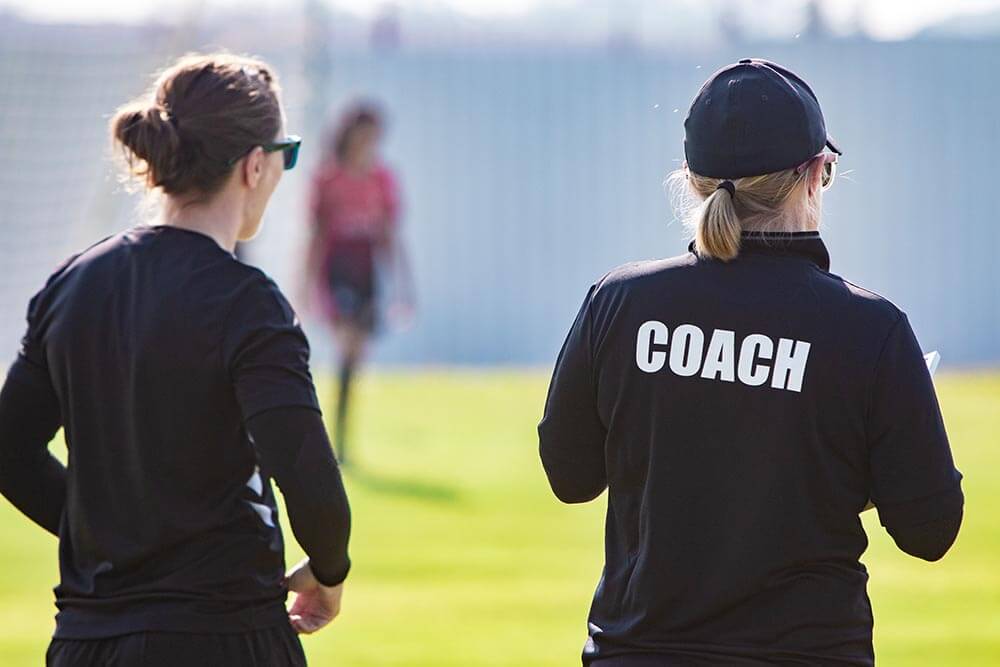Even in noncontact sports, injuries are common, and quite a few of them can be fatal, especially with how often athletes push their bodies to the limit. Fractures, dislocations, concussions, and torn ACLS are just a few of the most common sports injuries. Whether an injury occurs in practice or at a game, quick, knowledgeable action can make or break the future of an athlete’s career. As a coach, part of your job is to teach your team how to be fearless and make strategic, intelligent decisions to win and continue becoming incredible athletes. To teach these skills, you have to be able to model them, and that’s where CPR training for coaches can help.
CPR stands for cardiopulmonary resuscitation; it can help kickstart breathing or bring the heart back into action. Heart-stopping injuries may not seem like something that can happen on the field. However, coaches know that in the right conditions, a hit to the chest can stop the heart, and pushing the body too hard can cause an athlete to black out. Additionally, diagnoses like frequent seizures, asthma, and heart conditions tend to appear during an individual’s teenage years, so youth sports coaches must stay alert and prepared. CPR training can teach you how to assess a cardiac emergency, how to recognize the different types of CPR and which to perform, and how to administer these actions on infants, children, and adults.


